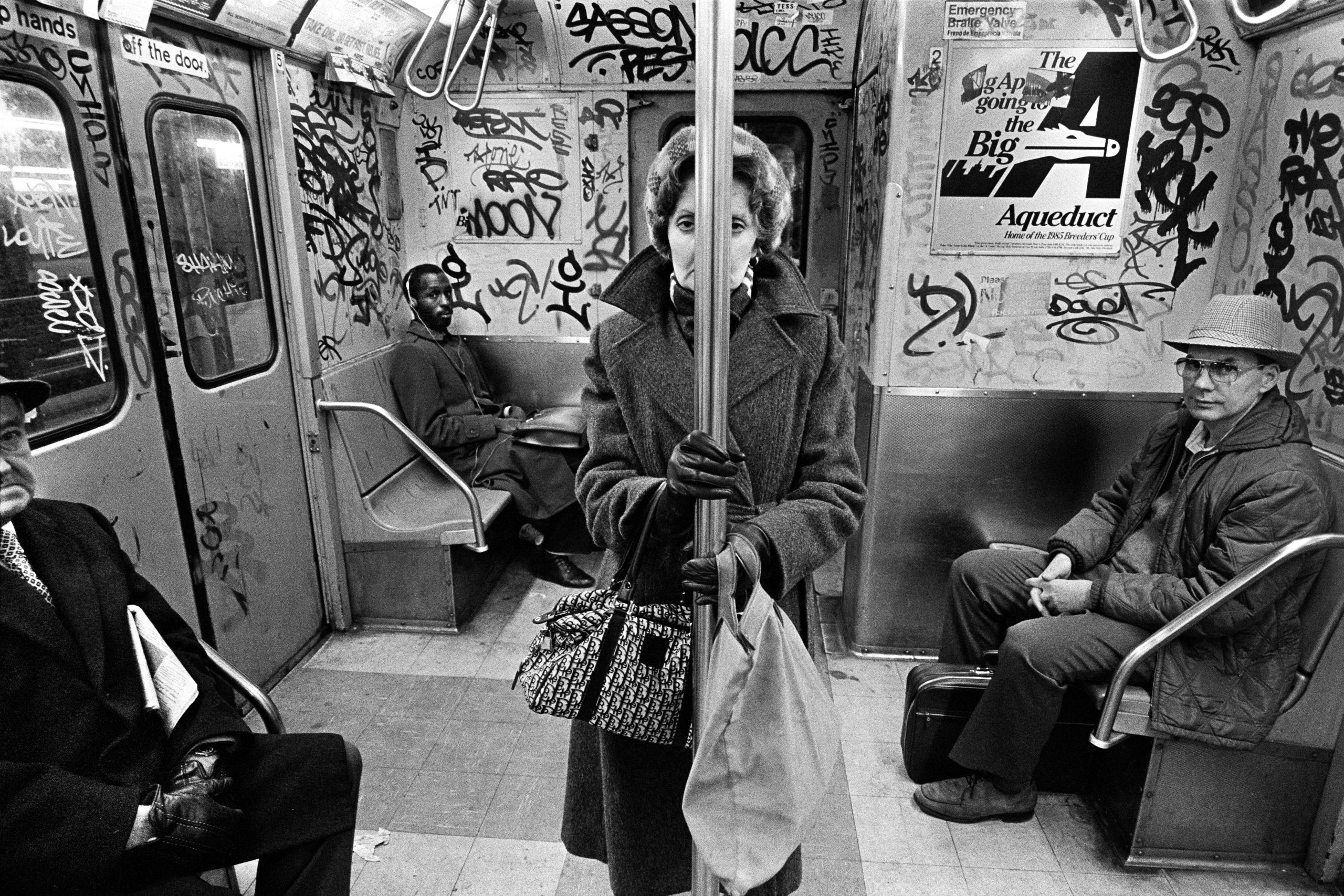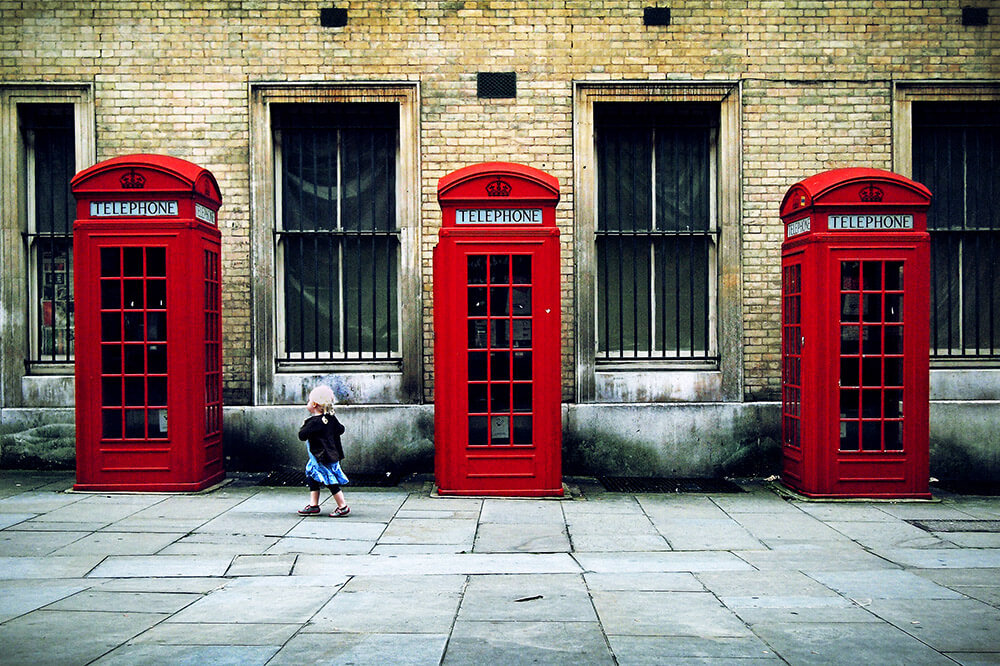Street Photographers - Truths
Street Photographers - Truths
Blog Article
The Ultimate Guide To Street Photographers
Table of ContentsNot known Details About Street Photographers Street Photographers for Beginners4 Easy Facts About Street Photographers ShownThe Ultimate Guide To Street PhotographersThe Of Street Photographers
, a category of digital photography that documents daily life in a public place. The actual publicness of the setup makes it possible for the professional photographer to take candid photos of complete strangers, typically without their understanding. Street photographers do not necessarily have a social function in mind, however they like to isolate and record moments which could or else go undetected.Though he was affected by a number of those who influenced the road digital photographers of the 1950s and '60s, he was not mainly curious about recording the spirit of the road. The impulse to visually record people in public started with 19th-century painters such as Edgar Degas, douard Manet, and Henri de Toulouse-Lautrec, who functioned side by side with digital photographers attempting to record the essence of urban life.

Offered the fine top quality of his photos and the breadth of product, architects and artists frequently acquired Atget's prints to make use of as recommendation for their own work, though commercial rate of interests were barely his major inspiration. Instead, he was driven to photo every last residue of the Paris he loved.
The Best Strategy To Use For Street Photographers
They reveal the city through his eyes. His job and basic understanding of digital photography as an art form worked as inspiration to generations of professional photographers that followed. The following generation of street digital photographers, though they likely did not describe themselves thus, was introduced by the photojournalism of Hungarian-born professional photographer Andr Kertsz.
Unlike his peers, Brassa used a larger-format Voigtlnder electronic camera with a longer direct exposure time, requiring him to be extra calculated and thoughtful in his method than he may have been if making use of a Leica. (It is thought that he might not have been able to manage a Leica at that time, however he did, however, use one in the late 1950s to take colour pictures.) Brassa's pictures of the Paris underworld brightened by fabricated light were a discovery, and the compilation of the collection that he published, (1933 ), was a significant success.
Cartier-Bresson was a champ of the Leica cam and one of the first photographers to maximize its capabilities. The Leica allowed the digital photographer to interact with the environments and to catch moments as they happened - Street Photographers. Its fairly little dimension additionally helped the photographer fade right into the background, which was Cartier-Bresson's favored method
Not known Factual Statements About Street Photographers
It is due to the fact that of this fundamental understanding of the art of photo taking that he is commonly credited with finding the tool all over again approximately a century because its development. He took photos for greater than a half century and affected generations of professional photographers to trust their eye and instinct in the moment.
These are the questions I shall try to address: And afterwards I'll leave you with my own definition of street photography. Yes, we do. Let's kick off with defining what an interpretation is: According to it is: "The act of defining, or of making something certain, unique, or clear".
No, certainly not. The term is both restricting and misguiding. Seems like a street digital photography need to be photos of a streets ideal?! And all street digital photographers, except Get More Information for a handful of absolute novices, will completely appreciate that a road is not the key component to road photography, and really if it's an image of a street with perhaps a couple of boring individuals not doing anything of rate of interest, that's not road digital photography that's a photo of a street.
He makes a legitimate factor don't you assume? Nevertheless, while I agree with him I'm unsure "candid public photography" will capture on (although I do sort of like the term "candid digital photography") since "road digital photography" has been around for a long period of time, with lots of masters' names affixed to it, so I think the term is below to remain.
An Unbiased View of Street Photographers
You see can fire at the beach, at a celebration, in a street, in a park, in a piazza, in a coffee shop, at a museum or art gallery, in a city station, at an event, on a bridge, under a bridge ...
Yes, I'm afraid we scared no choice! Without guidelines we can not have a meaning, and without an interpretation we do not have a genre, and without a category we do not have anything to define what we do, and so we are stuck in a "guidelines meaning style" loophole! - Street Photographers
Top Guidelines Of Street Photographers

Report this page